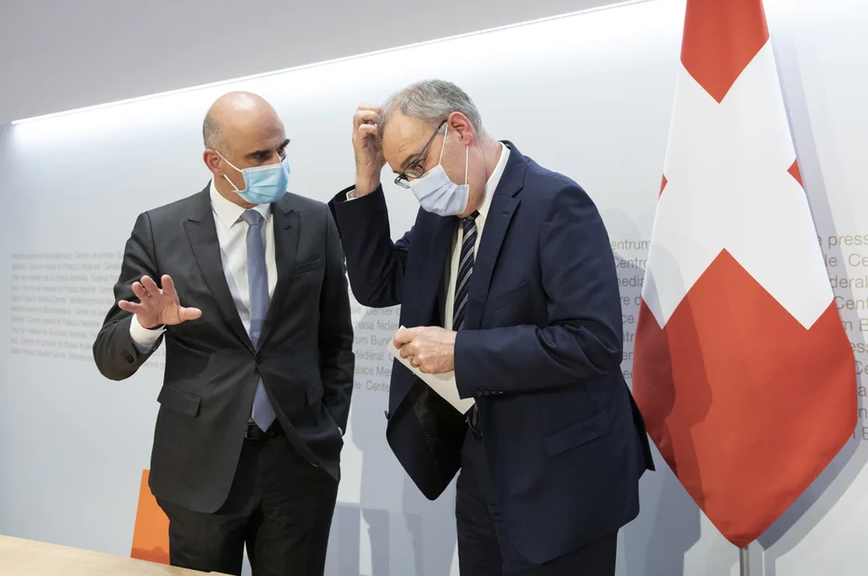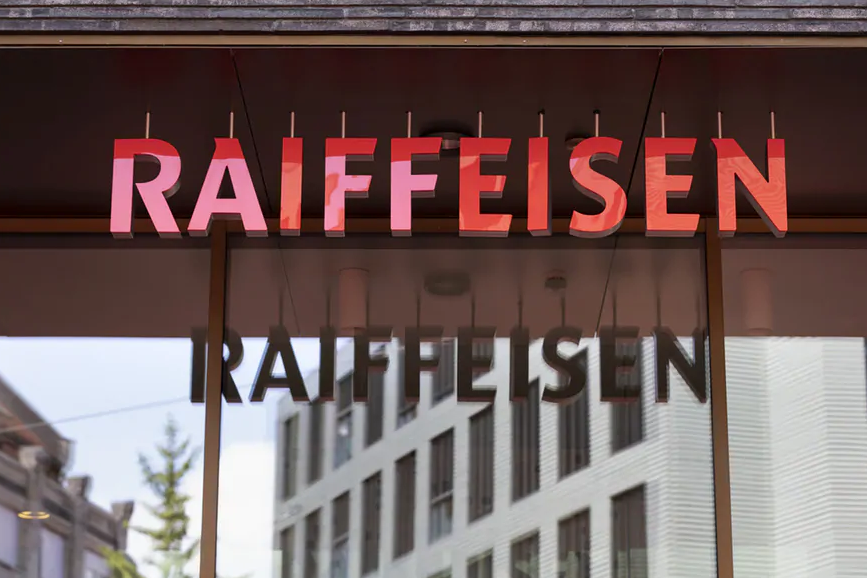The team carried out investigations into the presence of rare earth metals in sewage at 63 treatment plants across Switzerland. © Keystone / Christian Beutler Rare earth metals like cerium and gadolinium, which are used in industry and hospitals, are increasingly being detected at Swiss wastewater plants, new research shows. For the first time scientists from the Swiss Federal Institute of Aquatic Science and Technology (Eawag) carried out investigations into the presence of rare earth metals in sewage at 63 treatment plants across the country. In its conclusions External linkthe research team said that “rare earth metals are not used on a large scale, but come from highly-specialised applications in industry.” The highest concentrations were for cerium, which is
Topics:
Swissinfo considers the following as important: 3.) Swissinfo Business and Economy, 3) Swiss Markets and News, Featured, Latest News, newsletter
This could be interesting, too:
Nachrichten Ticker - www.finanzen.ch writes Die Performance der Kryptowährungen in KW 9: Das hat sich bei Bitcoin, Ether & Co. getan
Nachrichten Ticker - www.finanzen.ch writes Wer verbirgt sich hinter der Ethereum-Technologie?
Martin Hartmann writes Eine Analyse nach den Lehren von Milton Friedman
Marc Chandler writes March 2025 Monthly

The team carried out investigations into the presence of rare earth metals in sewage at 63 treatment plants across Switzerland. © Keystone / Christian Beutler
Rare earth metals like cerium and gadolinium, which are used in industry and hospitals, are increasingly being detected at Swiss wastewater plants, new research shows.
For the first time scientists from the Swiss Federal Institute of Aquatic Science and Technology (Eawag) carried out investigations into the presence of rare earth metals in sewage at 63 treatment plants across the country.
In its conclusions External linkthe research team said that “rare earth metals are not used on a large scale, but come from highly-specialised applications in industry.”
The highest concentrations were for cerium, which is often used as an abrasive material by industry. The teams estimate that over four tonnes of cerium end up in wastewater treatment plants every year, half of which comes from industrial applications.
The majority (95%) remains in the sewage sludge, but the remainder manages to get into the environment.
“Elevated cerium concentrations will be found in lakes, rivers and groundwater in the near future,” the scientists said in a statement published on Thursday.
The rare earth metal gadolinium was also found in high concentrations at the Ramsen wastewater plant near Lake Constance on the Swiss-German border. Gadolinium is used in alloys for making magnets, electronic components and data storage disks. Its compounds are useful in magnetic resonance imaging (MRI).
The Ramsen plant treats wastewater from the town of Singen in Germany, where a cancer centre with MRI facilities is located, Eawag said. The region is also a base for industries that produce large quantities of gadolinium-based agents.
“Appropriate measures to reduce the input of industrial gadolinium into wastewater by industry have already been taken and will lead to a significant reduction in the gadolinium load,” Eawag said.
Finally, high concentrations of lanthanum were detected in sewage sludge at all Swiss treatment plants investigated.
The teams believe that biological processes could be responsible for the high levels of lanthanum in sewage sludge but the use of lanthanum-enriched fertilisers in agriculture may also be a factor. Further research is planned.
Rare earth metals are not mined in Switzerland. According to EawagExternal link, the ecotoxicological properties of these metals and their potential impacts when released into the environment are little known.
Study author Ralf Kägi told swissinfo.ch that the current concentrations of the rare earth metals found at Swiss sewage plants were not harmful for humans or the environment.
“The value of our study is on the identification of individual hotspots which may even motivate the responsible industry to recycle their materials more efficiently,” he noted.
Tags: Featured,Latest news,newsletter








